Are Realme and Redmi Related? Understand the Differences Between Chinese Brands
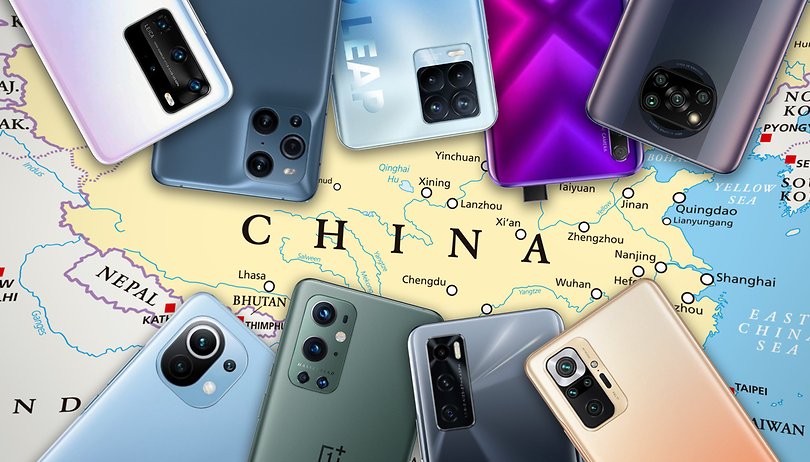

With the rise of Chinese smartphone brands, questions such as "Are Redmi and Realme from the same company?", "Are Vivo and iQoo related?" arise from time to time. This kind of confusion begins to get more convoluted every time a new subsidiary company is announced. To clear the confusion, we thought of conjuring up an article to help you understand the lineage of the different Chinese brands.
Chinese companies usually adopt the strategy of launching new sub-brands when they want to reach out to a new audience: a younger demographic, gamers, technology enthusiasts, etc., just like how companies in other countries launch new product lines. This kind of separation can be attributed to the immense size of the Chinese market alone, and you can see how such an effort ends up as a profitable venture when positioning the various brands across the globe.
The confusion that arises between the numerous names is further compounded by the use of terms such as "independent", something that Poco - a subsidiary that Xiaomi spawned as a "flagship killer", has declared itself to be in relation to the parent company not once, but twice. This, in spite of the fact that they continue to release rebranded models of other brands in the group. For instance, the Poco F3 (which was released in March 2021) is nothing but a rebranded Redmi K40.
Let us try to wade through the maze of Chinese smartphone manufacturers by looking at a snapshot of the various Chinese smartphone manufacturers' family trees.
An overview
- BBK Electronics (Oppo, Vivo, Realme, OnePlus, iQOO)
- Xiaomi Corporation (Redmi, Poco, BlackShark)
- Huawei Technologies (Honor)
- Lenovo Group (Motorola, Legion)
- TCL Corporation (Alcatel, Palm)
- Others

BBK Electronics
Samsung is the largest smartphone manufacturer in the world, right? Depending on how the ranking is calculated, the actual answer can be quite different. For example, when adding up the 2020 sales figures based on data from Counterpoint, BBK Electronics-owned brands (combined) have sold more phones than Xiaomi, Huawei, Apple, and Samsung behind.
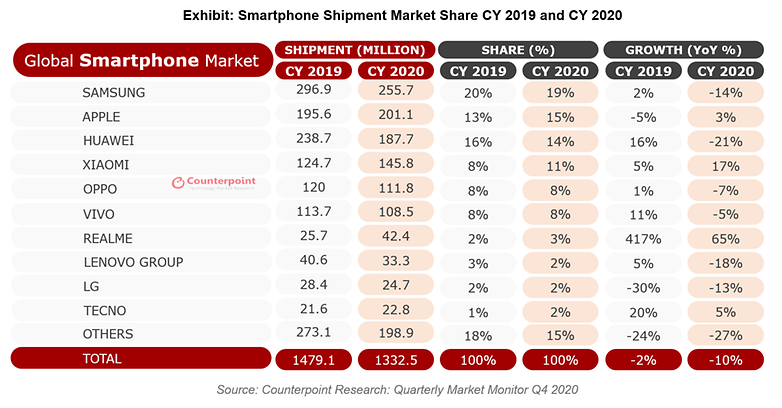
As you might have noticed in the family tree graphic earlier, BBK Electronics is the parent company that owns brands like Oppo, Realme OnePlus, iQOO, and Vivo. BBK started as a company in 2004 and was initially known for its DVD players before the company ventured into the more lucrative business of manufacturing mobile phones.
In 2013, Pete Lau, an executive at Oppo Mobile, launched a new brand called OnePlus. This new brand differentiated itself initially through an aggressive pricing policy in tandem with an online sales model. Despite the "independence", many OnePlus models share the same specifications as Oppo devices, especially during the early years.
Another BBK subsidiary is the brand we know as Realme. It was launched in 2018 and touted as an 'affordable' brand that targets a younger audience.
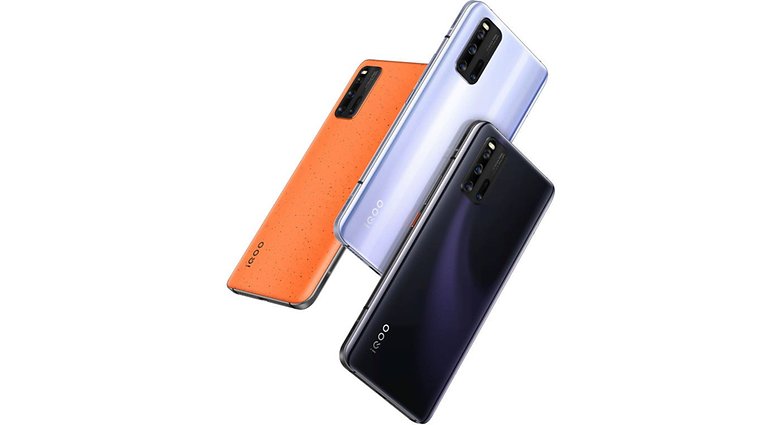
Vivo, meanwhile, gave birth to the iQOO brand in 2019, kicking off with a premium line at first. In India, the brand is treated as an independent company, which is not the case in other markets (yet). The degree of independence of the different divisions within BBK Electronics varies, but generally, each of them has a separate ecosystem of products and even customized user interfaces based on Android:
- Oppo: ColorOS
- Vivo: OriginOS (formerly FuntouchOS)
- OnePlus: OxygenOS (HydrogenOS in China)
- Realme: Realme UI (still includes references to ColorOS)
- iQOO: iQOO UI
Xiaomi Corporation
In the case of Xiaomi, the degree of independence of its subsidiaries is somewhat smaller compared to BBK. Several models launched by a division ended up reaching the market under a different name and brand.
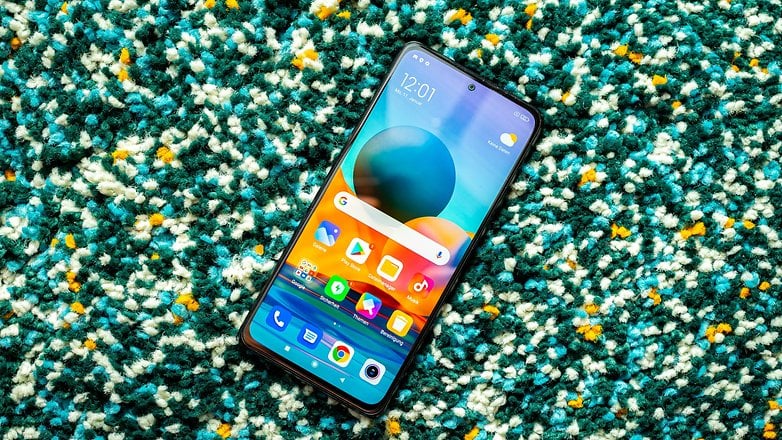
The Redmi range was born to deliver affordable smartphones in 2013, and it was announced to be a separate brand in 2019, at the time of the launch of the Redmi Note 7.
Poco, on the other hand, originated from the successful Pocophone F1, which was released in August 2018. The brand was born with a similar DNA as that of OnePlus, offering premium specifications at a more affordable price. The second model, however, only hit the market in early 2020 in the form of the Poco X2 (which in turn, was based on the Redmi K30). That did not do too well as it lacked the flagship killer tag (and the specs to boot).
As the degree of independence of Xiaomi's different brands is considered lower than that of BBK's brands, sales figures of Redmi, Poco, and Black Shark (which targeted the gamer segment) are usually listed alongside those of the parent company by analysts and market consultants.
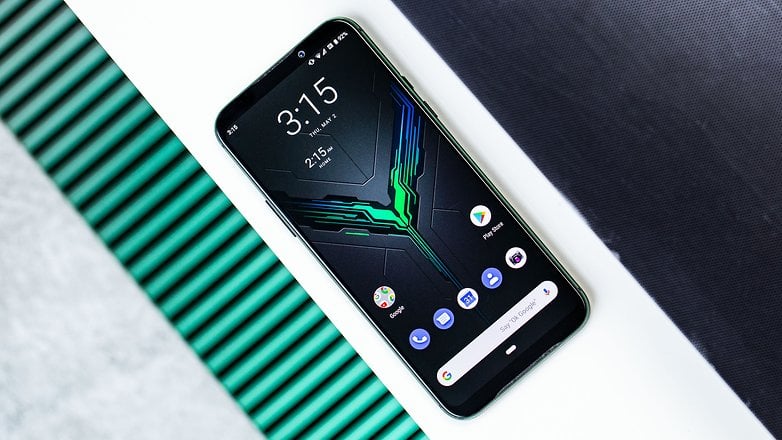
The Xiaomi group also controls or owns a stake in other brands across various segments such as wearables (Huami, AmazFit), smart home (MiJia, YeeLight, Xgimi), personal transportation (NineBot/Segway), home utilities (Chunmi, Viomi, Zhimi, Roborock), and many others.
Huawei Technologies
In the case of Huawei, the family tree is far less complicated compared to its rivals. It follows a more traditional vertical organization, with the only prominent subsidiary of the Chinese group being Honor. The brand was sold off late last year to a consortium of local companies, amidst the trade restrictions imposed by the United States.
Like some of its direct rivals, Honor was born as a value-for-money range from Huawei, taking advantage of the supply chain and logistics of the parent company. This became a hindrance when US trade sanctions threatened the brand's continuity, affecting the purchase of components used in the devices, among others.
Lenovo Group
Lenovo is best known in the Western smartphone market for the Motorola Mobility brand, which should not be confused with Motorola Solutions (where the latter specializes in telecom infrastructure) and was acquired from Google in 2014.
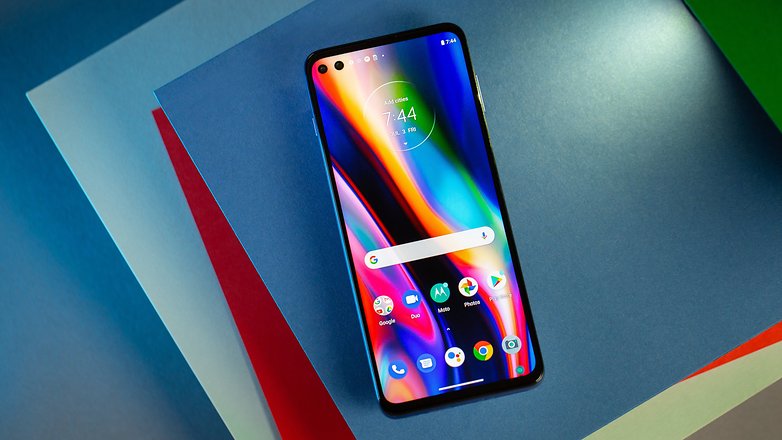
The group also had the brands LePhone and ZUK, now retired, and currently includes the German Medion, and the Legion gamer line.
TCL Corporation
The TCL group is another one that has acquired different companies, licensing the name of the French-based Alcatel and the Canadian BlackBerry (with the latter terminating its services in 2020). Besides its in-house brands, TCL is currently responsible for the Palm line, which basically remains restricted in the US.
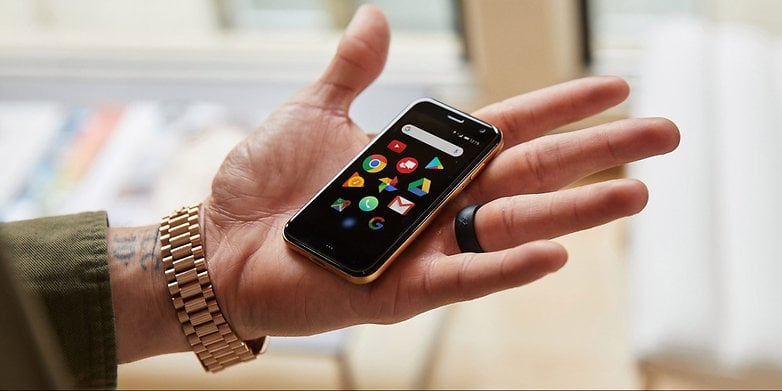
Other Chinese groups
The list of subsidiaries in the Asian country specializing in smartphones also includes:
- Nubia, created by ZTE;
- Infinix, Itel, and Tecno - from Transsion group, strong especially in Africa and Asia.
The Chinese smartphone market also has dozens of other independent brands such as Meizu, Umidigi, Hisense, Ulefone, Coolpad, Gionee, Doogee, with many of them forming an obscure number of sales in the West, albeit being available via giant online retailers.
Have we forgotten any other brands in our family tree? Do you have a favorite among the mentioned companies? Leave your comment in the box below!






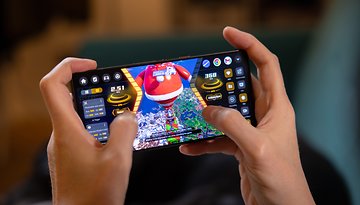













Interesting article, but no surprise to old hand China watchers such as myself. For far too many folks, China is a country just like any other, when in reality it's a one-party Communist state ruled by a domineering elite. That elite sees its role as self perpetuation, hence the continuous crackdown on those who disagree with it or might threaten its cosy enriched existence; it also sees economic warfare as a better way of achieving world domination than tanks and bullets. If it can saturate the rest of the world with Chinese products, many of which are from the same source yet appear to be competing, each with the other, then it will do so: the strategy is written deep, and has been for many a year, into the Chinese Communist Party's policy-making. It will, if necessary, lie and lie and lie again about the provenance of a product, or its links to the Chinese Government / aka Chinese Communist Party, and so long as gullible souls in the West actually fall for the duplicitous nonsense that there such a thing as democracy in China, or even Western-style competitiveness, then that's all right. It's a lovely country of lovely people but unfortunately as long as it remains a fanatical one-party State of thuggish disposition and political fanatacism, it's a menace to the rest of the non-Communist world and should be regarded as such.